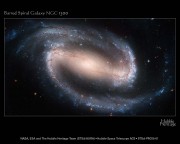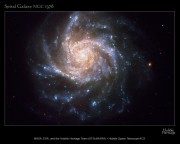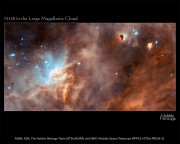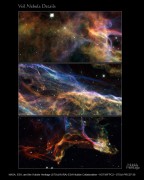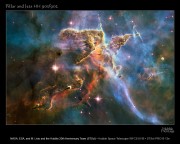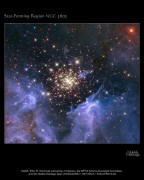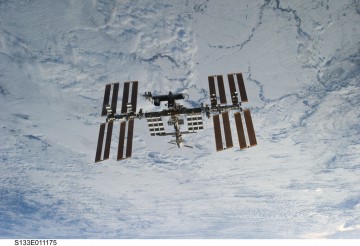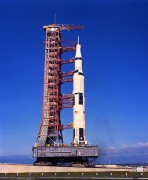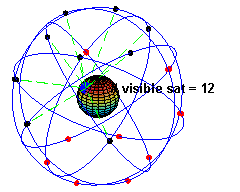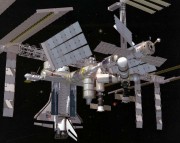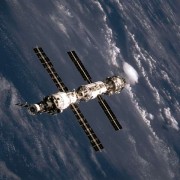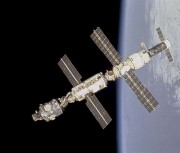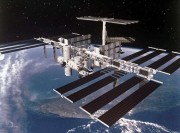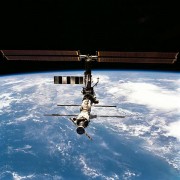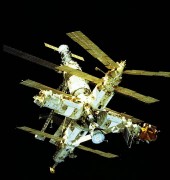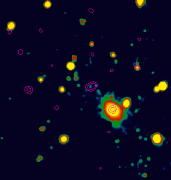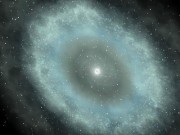Weitere Unterabschnitte: Astronomie | Raumfahrt | Raumfahrt 2 | Hubble | Raumstation | Apollo | Marserkundung | GPS (Global Positioning System)
Weltraum
Raumfahrt
Hubble-Projekt
The Hubble Heritage Project Website
- Barred Spiral Galaxy NGC 1300
- Spiral Galaxy NGC 1376
- NIIB in the Large Magellanic Cloud
- Veil Nebula Details
- Pillar and Jets HH 901/902
- Star-Forming Region NGC 3603
- Star-Forming Region S106
Astronomie
Raumfahrt
Astronomie
Raumfahrt
Weltraum-Stationen
Global Positioning System (GPS)
Astronomie
Raumfahrt
Weltraum-Stationen
Space Station Over Earth (NASA, International Space Station, 03/07/11)
Apollo zum Mond
Apollo Guidance Computer – Wikipedia
- Transport der Saturn-V-Trägerrakete zur Startrampe
- Apollo Guidance Computer
Global Positioning System (GPS)
Bewegung der Satelliten über der Erde
Weltraum-Stationen
NASA’s Marshall Image Exchange
- Artist's concept of the International Space Station (ISS) Alpha deployed and operational
- Image of International Space Station (ISS) when Space Shuttle Atlantis (STS-106 mission) approached the ISS for docking
- Image of the International Space Station in orbit taken from the Space Shuttle Endeavour prior to docking
- This artist's digital concept depicts the completely assembled International Space Station (ISS) passing over Florida
- STS-100 Onboard Photograph-International Space Station Remote Manipulator System
- STS-102 Onboard Photograph-International Space Station
- Mir Space Station
Astronomie
Raumfahrt
Global Positioning System (GPS)
Astronomie
Max Planck Gesellschaft – Kosmische Lupe enthüllt Sternentstehung im frühen Universum
- Der bislang am weitesten entfernte Quasar SDSS J1148+5251 ist in der optischen Aufnahme des Sloan Digital Sky Survey im Bildzentrum als ein schwacher Punkt zu erkennen.
- Illustration der möglichen Struktur eines Quasars. Der helle Quasar, der durch Einfall von Materie auf ein supermassives Schwarzes Loch gespeist wird, sitzt im Zentrum.
Mit freundlicher Genehmigung Max-Planck-Gesellschaft
Raumfahrt
Apollo zum Mond
Moon landing computer. 36Kb of memory
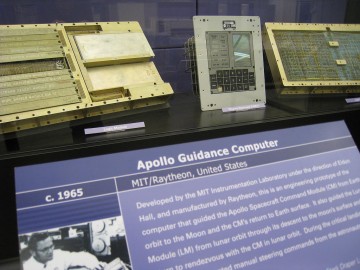
Bild: Tom Purves

